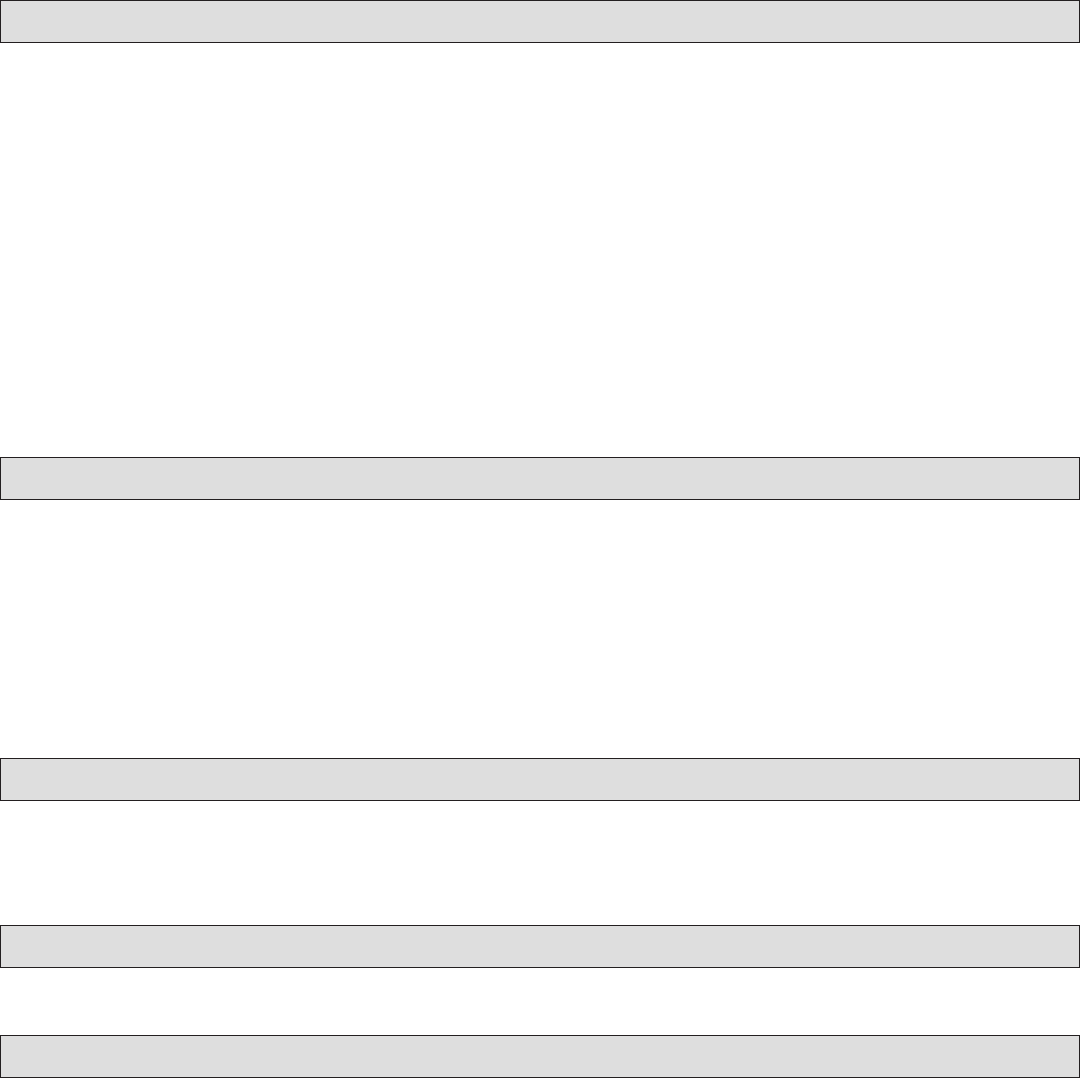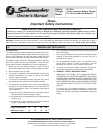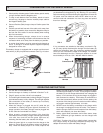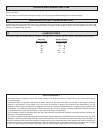
1. Someone should be within range of your voice, or close
enough to come to your aid, when you work near a lead acid
battery.
2. Have plenty of fresh water and soap nearby in case battery
acid contacts skin, clothing or eyes.
3. Wear eye protection and clothing protection. Avoid touching
eyes while working near a battery.
4. If battery acid contacts skin or clothing, immediately wash
with soap and water. If acid enters eye, immediately flood
with running cold water for at least 15 minutes and get medical
attention immediately.
5. Never smoke or allow a spark or flame in the vicinity of battery
or engine.
6. Do not drop a metal tool onto the battery. It might spark or
short-circuit the battery or other electrical part that may cause
an explosion.
B. PERSONAL PRECAUTIONS
7. Remove personal metal items such as rings, bracelets,
necklaces and watches when working near a lead acid battery.
8. Use the charger for charging a lead-acid battery only. It is
not intended to supply power to a low-voltage electrical
system other than in an automotive application. Do not use
battery charger for charging dry cell batteries that are
commonly used with home appliances. These batteries may
burst and cause injury to persons or damage to property.
9. Never charge a frozen battery.
If necessary to remove battery from vehicle to charge, always
remove grounded terminal from the battery first. Make sure
all accessories in the vehicle are off, so as not to cause an
arc.
C. PREPARING TO CHARGE
1. Be sure area around the battery is well ventilated while battery
is being charged. Gas can be blown away by using a piece
of cardboard or other non-metallic material as a fan.
2. Add distilled water in each cell until battery acid reaches levels
specified by the battery manufacturer. This helps purge gas
from cells. Do not overfill. For a battery without cell caps,
carefully follow manufacturer’s instructions.
3. Study all battery manufacturer’s specific precautions such
as removing or not removing cell caps while charging and
recommended rates of charge.
4. Determine voltage of battery by referring to vehicle owner’s
manual.
DANGER - Never alter the AC plug provided - if it will not fit the
outlet, have a proper outlet installed by a qualified electrician.
Improper connection can result in the risk of electrical shock.
WARNING - Connect and disconnect the battery clamps only
when the AC power cord is disconnected or arcing may result.
CAUTION - Do not expose to rain; replace damaged cords or
wires immediately.
D. BATTERY CHARGER LOCATION
1. Locate charger as far away from battery as DC cables permit.
2. Never place charger directly above battery being charged.
3. Never allow battery acid to drip on charger when reading
specific gravity or filling battery.
4. Do not operate charger in a closed-in area or restrict
ventilation in any way.
5. Do not set battery on top of charger.
E. DC CONNECTION PRECAUTIONS
Connect and disconnect DC clamps only after removing charger AC power cord from the wall outlet. Do not permit clamps to touch each
other.
Follow these steps when battery is installed in vehicle. A spark near battery may cause battery explosion. To reduce the risk of a
spark near the battery:
F. CHARGING BATTERY INSTALLED IN VEHICLE
1. Position AC power cord and DC output cord to reduce risk of
damage by hood, door, or moving engine parts.
2. Stay clear of fan blades, belts, pulleys and other parts that
can cause injury to persons.
3. Check polarity of battery posts. Positive battery post is usually
larger diameter than the Negative post.
4. Determine which post of battery is grounded (connected) to
the chassis. If negative post is grounded to the chassis (as
in most cases), see Item 5. If Positive post is grounded to
the chassis, see Item 6.
5. For negative grounded vehicle, connect Positive clamp from
charger to Positive ungrounded post. Connect Negative
(Black) clamp to vehicle chassis or engine block away from
battery. Do not connect to carburetor, fuel lines or sheet metal
body parts. Connect to a heavy-gauge metal part of the frame
or engine block.
6. For positive-grounded vehicle, connect Negative (Black)
clamp from charger to ungrounded Negative (Black) post of
battery. Connect positive (Red) clamp to vehicle chassis or
engine block away from battery. Do not connect to carburetor,
fuel lines, or sheet metal body parts. Connect to a heavy-
gauge metal part of the frame or engine block.
7. When disconnecting charger, disconnect at wall receptacle,
remove clamp from vehicle chassis and then remove clamp
from battery post.






